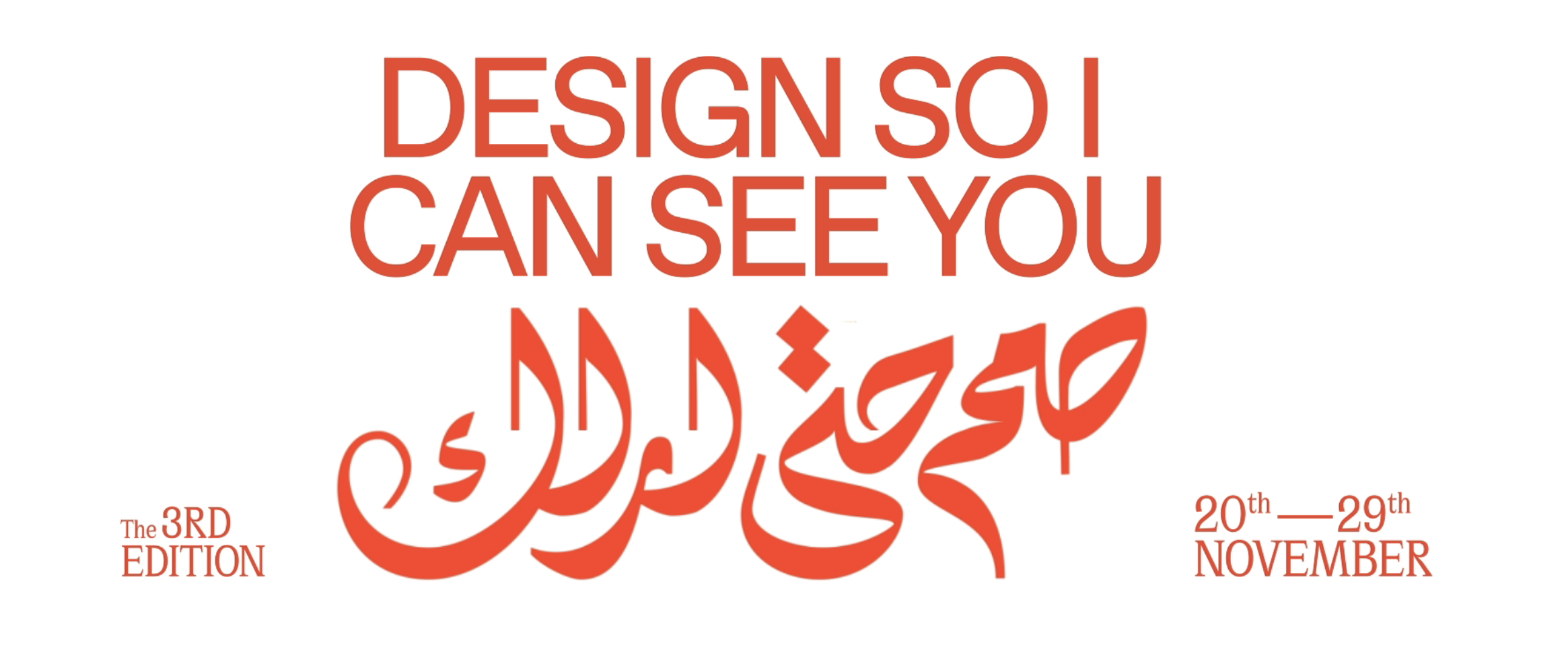As Cairo cements its place as one of the region’s most dynamic creative capitals, Hisham Mahdy stands at the center of its design renaissance.
A creative and design entrepreneur with over 25 years of experience, Hisham has shaped everything from interiors and architecture to major advertising campaigns for leading regional brands. The founder behind Mental Flame, Cairo Design Award (2017), and later Cairo Design Week (2022), he has spent the past decade building Egypt’s largest design platform — one that champions emerging talent, nurtures visibility, and reframes design as a cultural language rather than a decorative discipline.
As Cairo Design Week prepares for its upcoming edition — now spanning three districts and increasingly seen as a movement shaping Egypt’s creative identity — JDEED spoke to Hisham to explore the ideas behind “Design, So I Can See You,” the event’s first-ever campaign. A philosophy inspired by Socrates and grounded in the belief that design is how we reveal who we are, the campaign signals a powerful new chapter for creative expression across the city .
In this conversation, Hisham reflects on visibility, cultural storytelling, and the growing ecosystem he hopes will shape the next generation of Egyptian designers.

“Design, So I Can See You” is such a poetic and powerful theme. What inspired this concept, and how do you see it reflecting Egypt’s evolving creative identity on a global stage?
Hisham Mahdy (HM): The idea began with a question: how do we see each other through what we create? This question brought one of our favorite quotes to mind, Socrates’ “Speak, so I can see you,” which suggests that expression - whether through words or design - is how we reveal our true selves. This is where “Design, So I Can See You” was inspired by.
For us, this campaign is about reclaiming design as an act of visibility and identity. Egypt’s creative scene is at a turning point: it’s confident, experimental, and unapologetically local while being globally fluent. We wanted to reflect that. Through this campaign, we’re saying to our creative community: let the world see you, through your design, your culture, and your story.
This is Cairo Design Week’s first-ever campaign — a big milestone. What does launching this campaign mean for the evolution of CDW, and how do you hope it will reshape how people engage with design in Egypt?
HM: Launching our first-ever campaign marks a defining moment for Cairo Design Week. Since 2022, CDW has evolved from a design festival into a cultural movement. With “Design, So I Can See You,” we’re giving that movement a voice and a visual language. It’s not just a campaign; it’s a shift in how we think about design. We want people to see design not as decoration, but as a shared lamguage. Something that shapes our cities, our homes, and our sense of identity.

The campaign draws from Socrates’ quote, “Speak, so I can see you.” How does this philosophy translate into today’s creative culture, where visibility and identity are often mediated through design rather than words?
HM: Today, design is our language. Whether it’s the spaces we inhabit, the products we use, or the brands we interact with, design expresses who we are before we even speak. In a world where images and experiences communicate faster than words, design becomes the new dialogue.
That’s what this campaign celebrates. It’s about authenticity ; it encourages creatives to design from the inside out and to make work that reflects their truth.. Visibility today isn’t just about being seen; it’s about being understood through what you create.
CDW 2025 will span three districts — Heliopolis, Zamalek, and Downtown Cairo. How do these locations contribute to the storytelling of this year’s edition, and what kind of energy or dialogue do you hope will emerge between them?
HM: Each district tells a different chapter of Cairo’s design story. Heliopolis reflects our architectural heritage and craftsmanship, Zamalek embodies the artistic and cultural heartbeat of the city, and Downtown Cairo represents revival, and the fusion of old and new. By activating these three districts simultaneously, we’re inviting people to move through Cairo as a living design experience—to see how design connects past and present, tradition and innovation. We want to spark a dialogue between generations, between neighborhoods, and between local and international voices. The city itself becomes the canvas, and everyone who takes part becomes part of the story.
You’ve described Cairo Design Week as a “movement that shapes how design is experienced in Egypt.”
Looking ahead, what legacy do you hope CDW will build for the next generation of Egyptian and regional designers?HM: Our vision is for Cairo Design Week to stand as more than an annual event—it’s a catalyst for a design culture that’s sustainable, inclusive, and globally recognized. We want young designers in Egypt and across the region to see design as a viable path, one that contributes to economy, identity, and community.
The legacy we’re building is about empowerment. Through initiatives like the CDW Universities program, we’re investing in the next generation, creating platforms for visibility and opportunity. Ultimately, we hope CDW will inspire a regional design ecosystem that celebrates originality, values craftsmanship, and connects Egypt to the global creative map.
More on CairoDesignWeek.net

.jpg)
.jpg)


